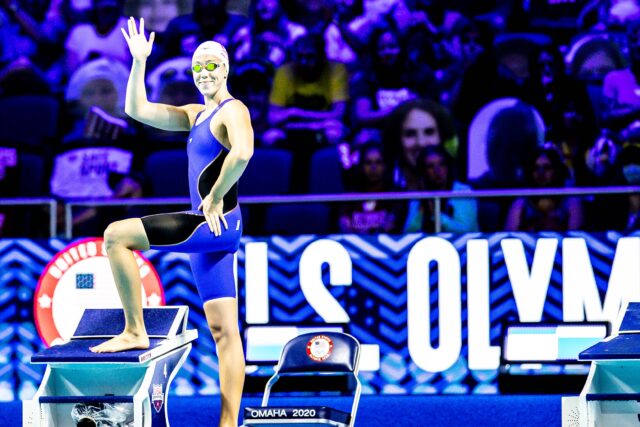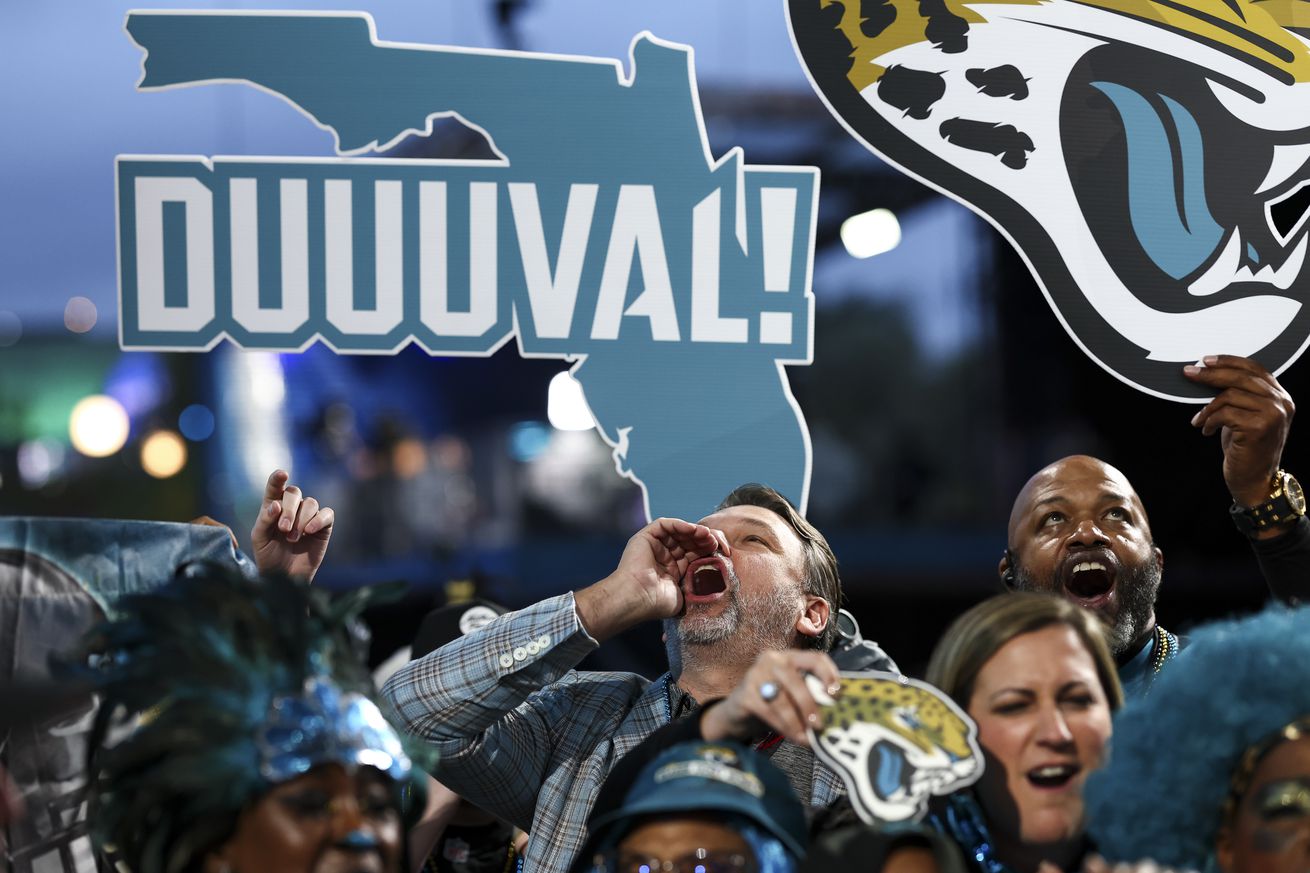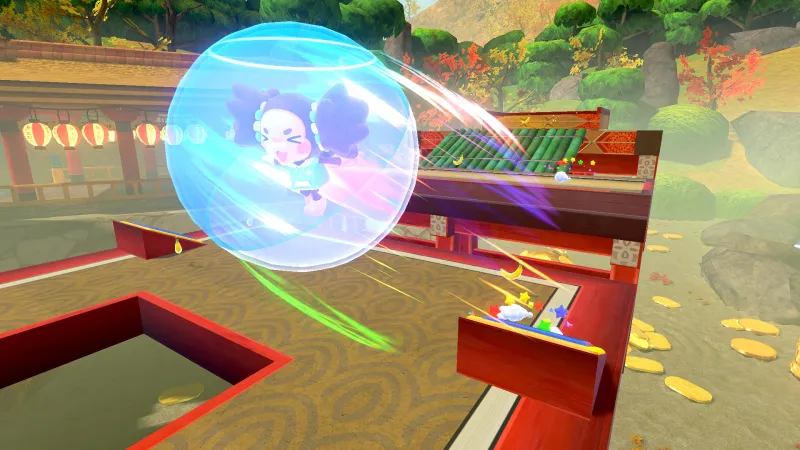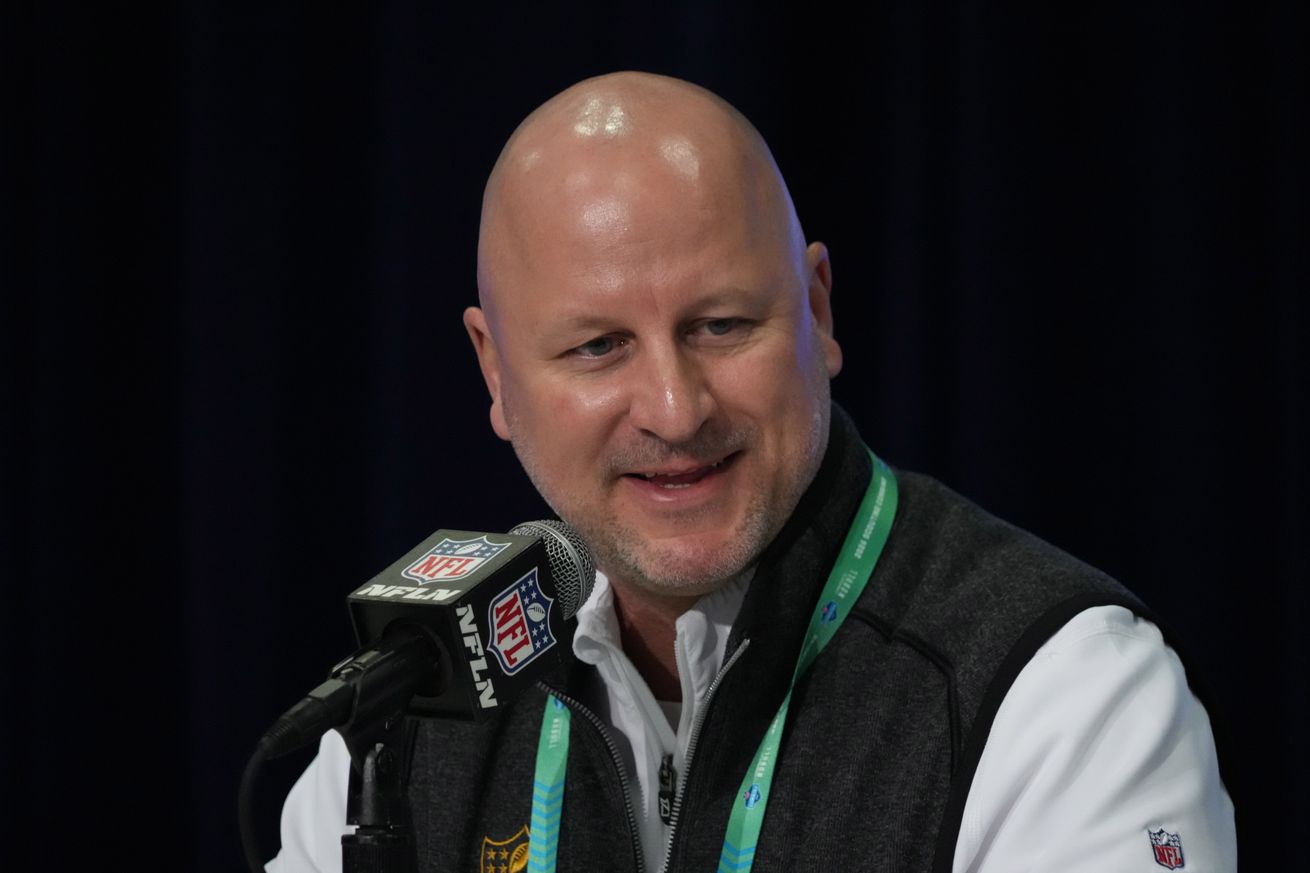By Braden Keith on SwimSwam

PRO SWIM SERIES – KNOXVILLE
- January 11-14, 2023
- Knoxville, Tennessee
- LCM (50 meters)
- Prelims/Finals
- Prelims: 9:00 AM (EST)
- Finals: 6:00 PM (EST), Day 1 4:00 PM
- Meet Central
- Live Results
- Psych Sheets
- Ways to Watch
- Storylines to Follow
- Day 4 Prelims Recap
- Day 4 Finals Heat Sheets
The 2022 Pro Swim Series in Knoxville marked the revival of the series in many ways. Even with many stars not at the meet, the event featured bigger and deeper fields than we’ve seen since that last fateful pre-pandemic stop in Des Moines in 2020.
As we begin the March toward Paris 2024 (yeah, those are next year, again, already), swims by elite athletes will become increasingly scrutinized. Here are my 10 big takeaways from this meet.
1. Simone Manuel Was Fine, But Has Work To Do
The much-anticipated return-to-racing by Olympic gold medalist Simone Manuel was fine. It neither blew anyone away, nor were cause for much panic. She finished 3rd in the 50 free in 25.19 and 3rd in the 100 free in 54.81. That 50 free time would have made the A-final at Trials last May, though it would have been at the bottom of that A-final, and the 100 free would have been 10th at the same meet.
There’s no real hot-take here. If your expectation is taht Simone to roll in and rescue the American free relays, she didn’t show us convincing evidence of that. If the expectation is that she’ll make the team and swim a leg in Fukuoka, she probably did about that.
From interviews with her teammates, it sounds like the Arizona State pro group is in a massive workload right now.
2. Abbey Weitzeil, on the Other Hand…
After a down year last season, Cal pro Abbey Weitzeil swam results that did excite me. She won both the 50 free in 24.74 and had the day’s best time in the 100 free in 53.65 (though she scratched finals). That 100 free time is her best result, at any meet, by half-a-second since the Tokyo Olympics.
Combined with a good 54.15 in the 100 free from Erika Brown, and Manuel being pretty good, the American women’s sprint group is in better shape coming out of this meet than they were going in. The ceiling of this group still feels like silver, but they again feel more like a solid silver than a bronze-behind-Canada like they were at Worlds in 2022.
3. David Curtiss Is All-In on the 50 Free
David Curtiss swam 21.97 in the 50 free but just 51.12 in the 100 free. That is about as wide of a gap as we’ve ever had in American swimming in those events.
Curtiss, only 20, has the kind of talent that we often see in other countries, but that the NCAA system usually weeds out in the United States. He fits that Ben Proud or Bruno Fratus mold of a guy who just swims drop-dead 50s, does it as well as anyone, and is unashamed about it.
Curtiss is the defending ACC Champion in the 50 free, there’s a real argument for NC State to leave him off their ACC Championship roster. And results continue to indicate that there’s no real plan to do much about that. And good for them. Let’s all collectively lean into that.
4. SC Worlds Was an Anomaly for Hunter Armstrong
American backstroker and World Record holder Hunter Armstrong is a long course swimmer. He has not been shy about that fact, and missing semi-finals in two of his three individual events at SC Worlds was indicative of that preference.
But this week in Knoxville, he was really good. He swam 24.70 in the 50 back and 52.68 in the 100 back (beating Ryan Murphy by 8-tenths of a second. That 100 back time is the second-fastest swim by anyone in the history of the month of January.
It’s hard not to read too much into results from an event called “World Championships,” but this swim was probably a much better indication of how Armstrong’s new training at Cal is going.
5. Henry McFadden Has Been Slept On
USA Swimming has a golden generation working their way through the highs school ranks right now. With swimmers like Thomas Heilman and Maximus Williamson leading the way, this group is on a path to do some serious damage in Los Angeles and Brisbane, if not sooner.
But 17-year-old Henry McFadden showed at this meet that we’ve been overlooking him, in spite of the fact that he’s always right there. That might be because he doesn’t have quite the same versatility as the guys named above, who can do crazy things across five or six or seven events. But in the middle-distance freestyles, and especially in this 200 free, he’s as good as any of them in anything.
He swam an electric 200 free on Thursday, winning in 1:47.23 – that knocks a full second off his best time from last summer’s Junior National Championships. It was the way he swam it too: he was almost a second back of Olympian Kieran Smith at the final turn, but a 26.66 closing 50 overtook that gap.
That closing 50 (with a different set of opening splits) is competitive in any global final in the world.
As David Popovici has reset the 200 free bar in the 1:42 range, the US needs a new talent to come in and push the American front in this race. McFadden looks like he’s going to be it.
6. But the US Men Are Not Deep in the 200 Breaststroke
When US men are painfully thin in the 200 breaststroke when Nic Fink isn’t present, and at 29, he’s not the 10-year plan.
The top American in the 200 breast was Brandon Fischer, at age 34, in 2:14.02. Tommy Cope was next in 2:15.83, and Will Scholtz was behind that in 2:17.81.
That’s a tough look for Team USA headed toward Paris. If I’m a talented young American breaststroker and am looking for a way onto the US National Team, I’m spending a lot of time working on this 200.
Here’s a comparison: the Edinburgh International, which to me is a similar-scale of meet to this, saw four Brits go 2:14-or-better, including a winning 2:10.83 from James Wilby and a 2:11.52 from Gregory Butler. And Wilby was 10th at Worlds in the event.
This men’s 200 breaststroke is progressing wildly across the globe, but in the US it has been stagnant.
7. Ella Jansen Is the Real Deal
Still a season-and-a-half away from her first collegiate meet at the University of Tennessee, Canadian teen Ella Jansen further cemented her status as the head of the follow-on wave to the Canadian resurgence in women’s swimming.
She swam best times in the 100 fly (58.92) and 100 free (56.21), and won the former of those events.
With Kayla Sanchez off to represent the Philippines and Penny Oleksiak’s injury issues mounting, she gives the Canadians crucial depth toward Paris, if only to save Maggie MacNeil that extra prelims swim that she took on last year in Budapest.
8. The Legend of Katie Grimes Grows
She won the 800 free. She won the 400 IM. She won the 200 fly in 2:09.58, which knocked almost three seconds off her lifetime best.
I don’t have any great observations. Katie Grimes‘ versatility is stupid. She’s the IMX-Factor. Watching her and Summer McIntosh square off for the next decade is going to be a thrill.
9. Will This Convince Katie to Return to the 200 Free?
Katie Ledecky opened her meet with a thunderous 1:55.47 in the 200 free, which leads the world in the event this season by a second-and-a-half. She followed that with wins in the 400 free (4:00.20), the 1500 free (15:37.99), and a runner-up 4:36.09 in the 400 IM that missed her personal best from July by three-tenths of a second.
Besides confirming that she has no plans to swim the 400 IM, Ledecky reaffirmed did something she’s done before – a very fast early-season 200 free. Her third-best 200 free ever was in January 2016 (1:54.43), she was fast in March 2020 (1:54.59) and February 2022 (1:54.66). It’s not unusual at all for her to swim fast early in the season, especially in this 200 free.
But it’s been a while since that has translated to a big success at a major championship. She dropped her earned spot in Budapest last year. She was only 1:55.21 for 5th place in Tokyo. She dropped the race at 2019 Worlds.
She skipped the 800 free this week, which she does from time-to-time. At some point, she must get bored with just winning the 800 all the time, right? It’s a tough double at Worlds because the 200 free semi-finals come about an hour after the 1500 free final, which explains why she usually drops the race. But might she chase ‘the battle’ in the 200 free in Paris? I don’t mean to imply that she’ll drop the 800 or 1500 at the Olympics, but she can probably shift her training focus without much closure of the gap in those events.
10. Ahmed Hafnaoui‘s IU Training is Going Well
Hafnahoui won the 800 free in 7:53.10, the 400 free in 3:47.41, and was 2nd behind Bobby Finke in the 1500 free in 15:07.07, which is a new personal best for him.
None of those things are earth-shattering, but it shows that he has been able to get some good training in while working hard in the classroom to clear NCAA eligibility (he was ruled a partial qualifier this year, which means no NCAA swimming).
The big best time in the 1500 free, which historically has been outside of his primary scope, is indicative of a good volume of training.
So his move away from the training that won him an Olympic gold medal hasn’t been a disaster. The academic load hasn’t crushed him. He’s been able to handle the intensity of the training environment in Bloomington. He beat some good swimmers like Bobby Finke and Kieran Smith and Michael Brinegar. That still leaves him in the conversation for a couple of Olympic medals in 2024.
SwimSwam: 10 Things We Learned from the 2022 Pro Swim Series – Knoxville



















You must be logged in to post a comment Login